The Cream City’s Classic Churches
Nothing better exemplifies the city’s architectural history than its cream brick churches.
The word “iconic” can be problematic as it applies to architecture. There are a number of buildings that could be considered iconic in Milwaukee; structures like City Hall, the Allen Bradley Clock Tower or the Calatrava addition to the Milwaukee Art Museum. The trouble is that despite their prominence these buildings only speak to a slim, often geographically and temporally limited understanding of Milwaukee architecture. For all that they embody, inevitably they also exclude. Were I pressed to say what building most typifies this city, I would cheat and instead select a class of buildings: cream brick churches.
As for which are the most interesting examples of cream city churches, let me begin with an apology. I try to limit each of these articles to 10 buildings, but I couldn’t resist adding an eleventh. Even so, I’ve had to leave out many wonderful churches. These 11 are not necessarily the “best” ones, but are the ones that encompass the most diversity — stylistically, religiously, and geographically — as possible.
Old St. Mary’s (836 N. Broadway, 1847) is just about as old as Milwaukee itself, dating from the year after Juneautown, Kilbourntown and Walker’s Point were officially incorporated into the city of “Milwaukee.” German Catholics built the church in what has been described as “zopfstil” style, which is essentially German neo-classism. The decorative elements, which include acanthus corbels and Doric pilasters, are classical; however, the church has also been called “Romanesque” by the state Historical Society, possibly because of the use of rounded arches. While classical detailing and rounded arches are common features of pre-Richardsonian Romanesque buildings, the overall form puts one more in mind of Christopher Wren than Byzantium.
Old St. Mary’s
Episcopal Cathedral Church of All Saints (818 E. Juneau Ave., 1868): Another Lower East Side stalwart, it was originally built as the Olivet Congregational Church and then sold to the Episcopalians in 1871 when the original congregation dissolved in the face of schism and bankruptcy. Built in a reserved gothic revival style befitting the Congregationalists’ Puritan background, the cathedral is a wonderful example of a theme that defines many of Milwaukee’s cream churches: old buildings serving new communities. This transition from Congregationalist to Episcopalian can actually be seen in the church’s stained glass windows; the original plain pastel panel windows, two of which can still be seen behind the organ, were progressively replaced with ornate iconographic tableaus donated by the new parishioners.
Episcopal Cathedral Church of All Saints
Old St. Mary’s and All Saints, in addition to being wonderful churches in their own right, are also perfect representations of the two distinct cream brick aesthetics. All Saints is what might be considered the “original” or “restored” aesthetic, which clearly displays the creamy yellow brick as it would have appeared in the 19th century. The clay used for cream city brick comes from the Menominee River Valley and along the shore of Lake Michigan. The color is the result of excess amounts of lime and sulfur, which turn the bricks yellow when fired. Old St. Mary’s, by contrast, is a dramatic example of the unrestored aesthetic. Cream brick, for all its beauty, is also very porous and sucks up soot and other pollutants readily, creating the blackened look of St. Mary’s and a number of other churches. While undoubtedly viewed as a nuisance by many, cream brick’s tendency to turn black is a big part of what makes it so interesting. The darkened, sooty brick often contrasts crisply against light stone and painted wood, giving these churches a unique, gothic vibe.
Another pair of churches that illustrate this aesthetic contrast are St. Michael’s Ukrainian Catholic Church (1025 S. 11th St., 1874) and St. John Concordia CME (300 W. Concordia Ave., 1899). Both churches are gothic revival, although St. Michael’s is built on a very simple plan with a modest central spire while St. John Concordia is asymmetrical with a prominent tower overlooking the intersection. They are notable for being amongst the smallest cream churches in Milwaukee. They are also prime examples of old buildings serving new communities: St. Michael’s began life as Salem Evangelical (Lutheran) Church and changed to Ukrainian Catholic and St. John began as a Catholic church and changed to Christian Methodist Episcopal.
St. Michael’s Ukrainian Catholic Church
St. John Concordia CME
This phenomenon of churches transitioning as their neighborhoods change is not limited to switching religions. St. Peter’s Evangelical Lutheran Church (1213 S. 8th St., 1885) is an example of what I like to call the “Kirche to Inglesia” phenomenon. While started by German Lutherans (many of whom still return to this wonderfully preserved South Side church despite no longer living in Milwaukee), the congregation has progressively grown more Hispanic along with the rest of the South Side.
St. Peter’s Evangelical Lutheran Church
Catholic and Evangelical Lutheran congregations built the majority of the cream brick churches in Milwaukee, often very close to one another. The Lutheran cream brick churches, however, possess one noticeable quirk: they all appear to be gothic revival. The specifics vary: St. Peter’s is asymmetrical with two towers while St. Lucas (2605 S. Kinnickinnic Ave., 1872) is built symmetrically around one central tower; the Lutheran church which later became St. Michael’s Ukrainian is small and simple while St. John’s (804 W. Vliet St., 1889) is large and finely detailed; yet they all fit snugly within the gothic tradition.
St. Lucas
Catholic churches, by contrast, seem to embrace a more eclectic set of styles including gothic, neo-classical, and Romanesque. St. Francis of Assisi (1927 N. 4th St., 1876) is just such an example. Built by Swiss Capuchins, this Romanesque church, typified by its use of heavy masonry and rounded arches, could also fall into the “Kirche to Inglesia” category. Originally created for German Catholics the church, which remains Capuchin, is today characterized by a hearteningly diverse congregation of African Americans, Hispanics, and whites. The building is specifically Richardsonian Romanesque, named for Henry Hobson Richardson, a highly influential 19th century architect. The front entrance, with its heavy intricately carved archway, is reminiscent of the entrance to Richardson’s Trinity Church in Boston, considered to be his masterpiece. This prominent stone entrance was actually not added until 1900, something that happened often to Catholic churches in Milwaukee.
St. Francis of Assisi
The architecture of the late 19th century, often thrown under the catchall label of “Victorian,” was an immensely eclectic period characterized by not only revivalism, but also a willingness to mix and match various styles. St. Hyacinth (1414 W. Beecher St., 1883) is perhaps the church that best encapsulates this ethos. An offshoot of St. Stanislaus (another spectacular cream brick church) this Polish Catholic church blends neo-classical pediments with gothic floral capitols, to say nothing of the building’s wildly unique, four-sided clock cupola. St. Hyacinth is also notable for it’s campus, which features a number of old parish buildings, including a matching cream brick schoolhouse also from 1883.
St. Hyacinth
The cream churches built by the Polish community, like St. Casimir’s (2604 Bremen St., 1899), would be among the last constructed in the city. St. Casimir’s is perhaps most notable for its context. Tucked away on a quiet street in Riverwest, the church’s tall, gothic towers not only dominate their immediate surroundings but also provide one of the East Side’s most romantic views when seen from across the Milwaukee River near the Urban Ecology Center.
St. Casimir’s
Context is an important part of what makes a building work, and it is really context more than anything else that makes this final church to my favorite. St. Hedwig’s (1700 N. Humboldt Ave.,1886) which is also a Polish church, could fairly be called Romaneque; however, like St. Hyacinth it also plays with gothic ornamentation. Overall the church is fairly modest in detailing and design, although the bell tower’s tiny clock faces do push it into the realm of the delightfully quirky. The reason St. Hedwig’s works so well as a building has almost everything to do with its location. Brady Street is not just what I think of when I picture Milwaukee, it is in many ways how I conceptualize urban America: bustling sidewalks beside dense, diverse mixed-use buildings arranged along a narrow roadway all knitted together beneath a tangled canopy of power lines. These features are in themselves notable and compelling but it is St. Hedwig’s, strategically perched where Brady crests at Humboldt, that anchors the entire corridor and brings it a sense of identity.
St. Hedwig’s
Their distinctive identity is at the heart of what makes these ten buildings so iconic. They are cornerstones of our shared cultural infrastructure, simultaneously embodying who we are, and who we were. The porous nature of cream brick may have been a quirk of chemistry, but the result was a kind of living journal. Like ink on yellow parchment the history of human activity in Milwaukee has been and will continue to be written into the surface of these buildings.
Milwaukee Architecture
-
10 Examples of The Classical Style
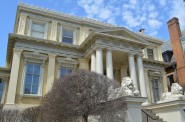 May 3rd, 2015 by Christopher Hillard
May 3rd, 2015 by Christopher Hillard
-
A City of Theaters
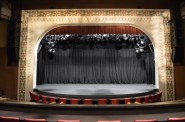 Apr 19th, 2015 by Christopher Hillard
Apr 19th, 2015 by Christopher Hillard
-
The Rise of Suburban Style Homes
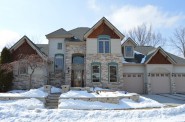 Mar 12th, 2015 by Christopher Hillard
Mar 12th, 2015 by Christopher Hillard

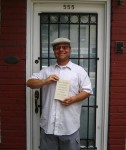
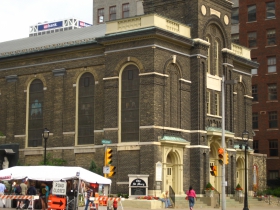
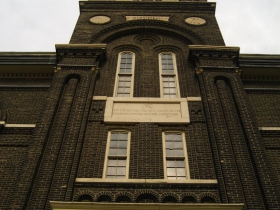
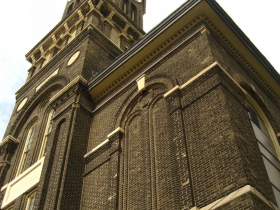
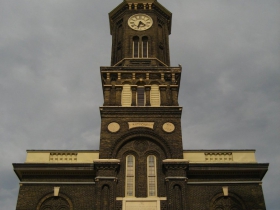
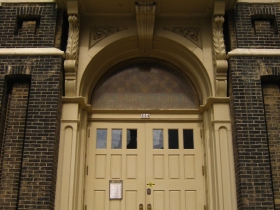
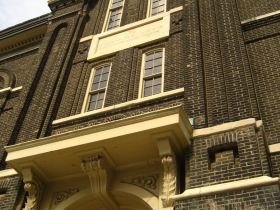
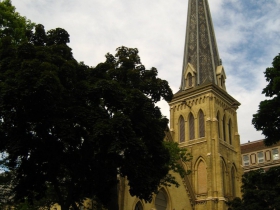
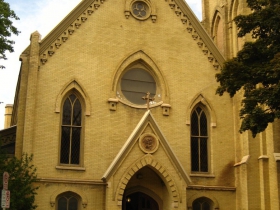
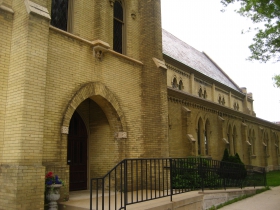
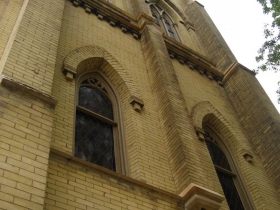
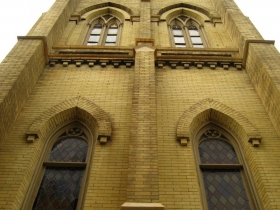
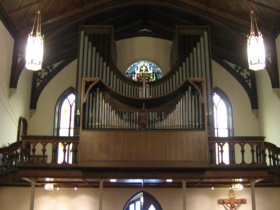
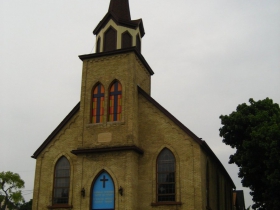
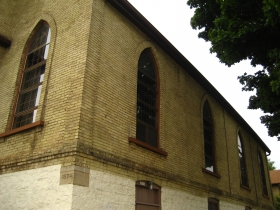
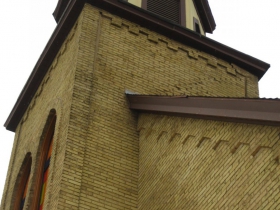
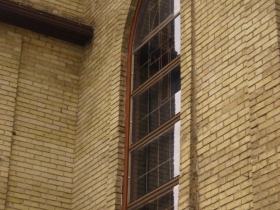
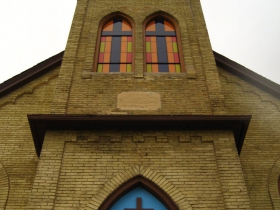
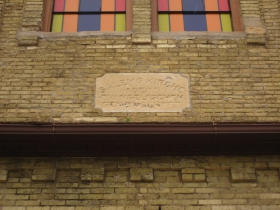
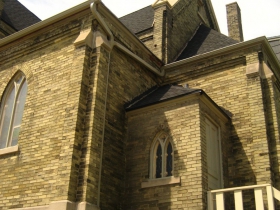
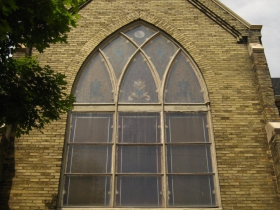
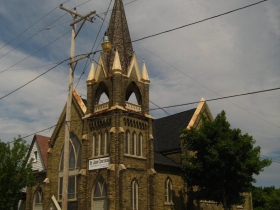
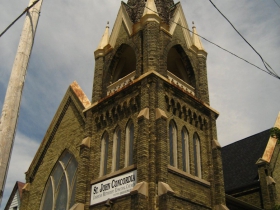
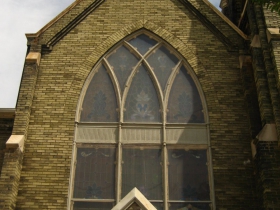
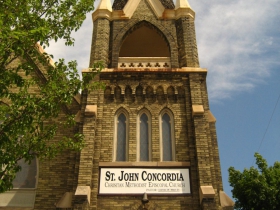
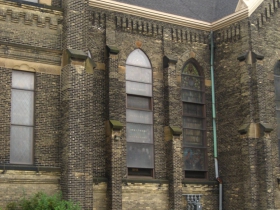
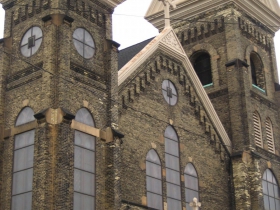
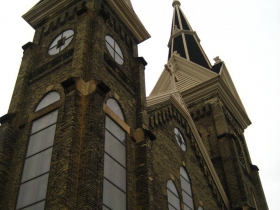

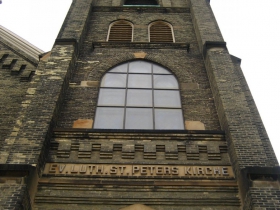
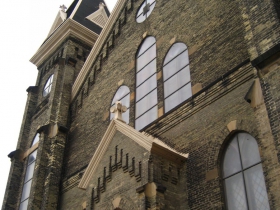
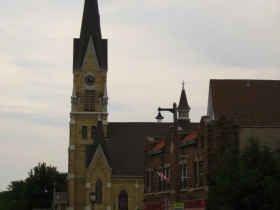
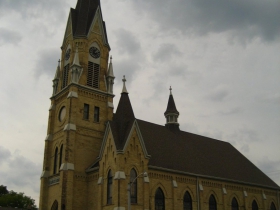
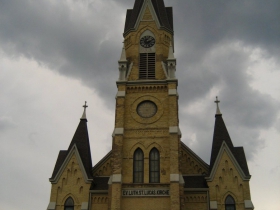
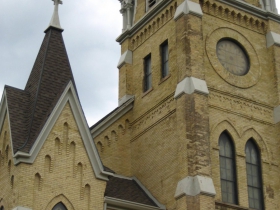
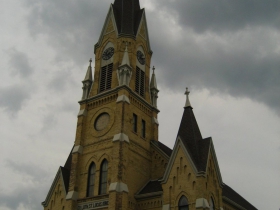
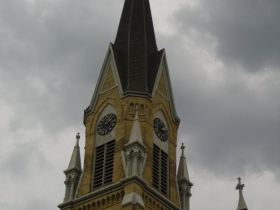
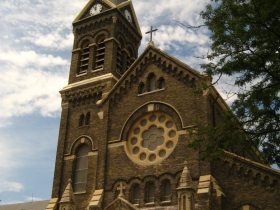
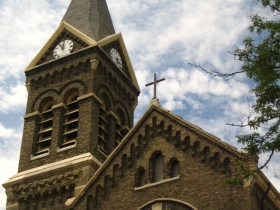
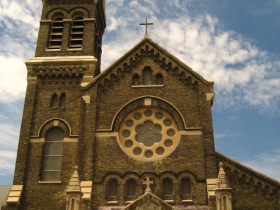
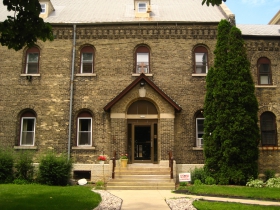
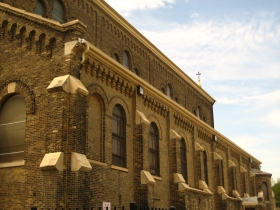
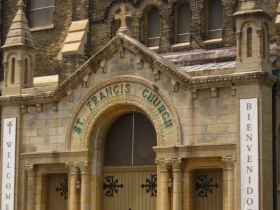
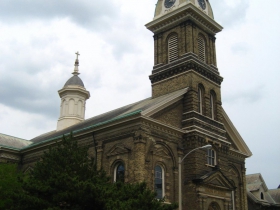
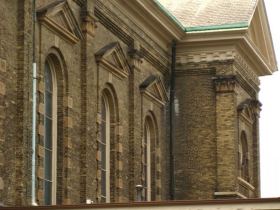
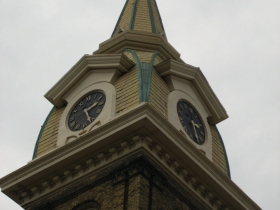
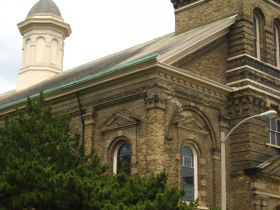
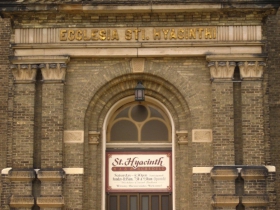
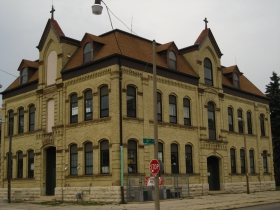
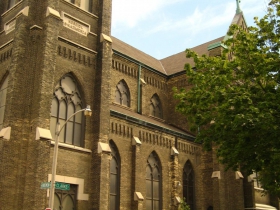
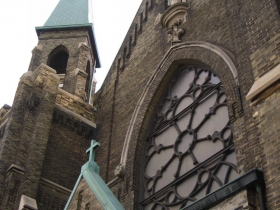
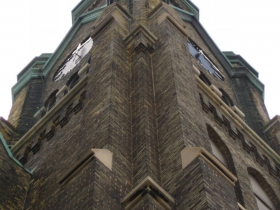
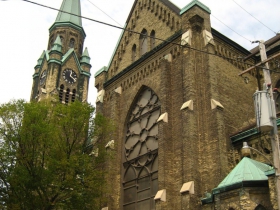
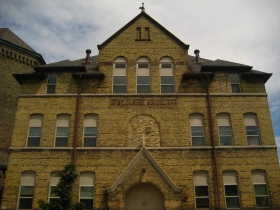
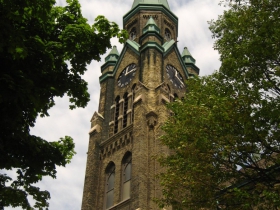
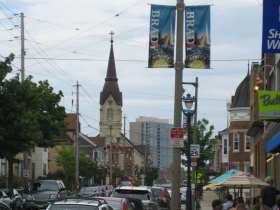
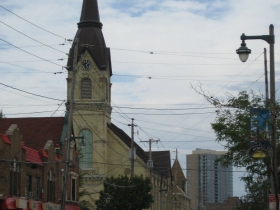
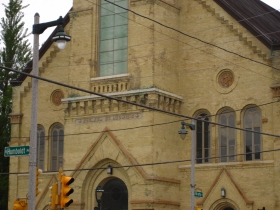
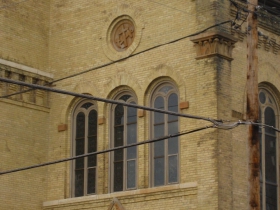
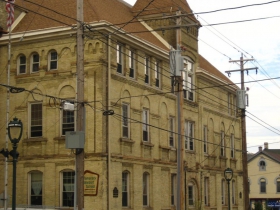
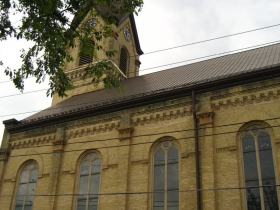




















Thank you for the nice tour. Hope some are on the Doors Open tour for September 20-21. One other cream city building is St. Stanislaus, which I think is the oldest originally Polish church parish where most of the other South Side churches sprang up afterwards including the cemetery Holy Trinity and St. Adalberts.
St. Hyacinth is an offshoot of St. Stan’s.